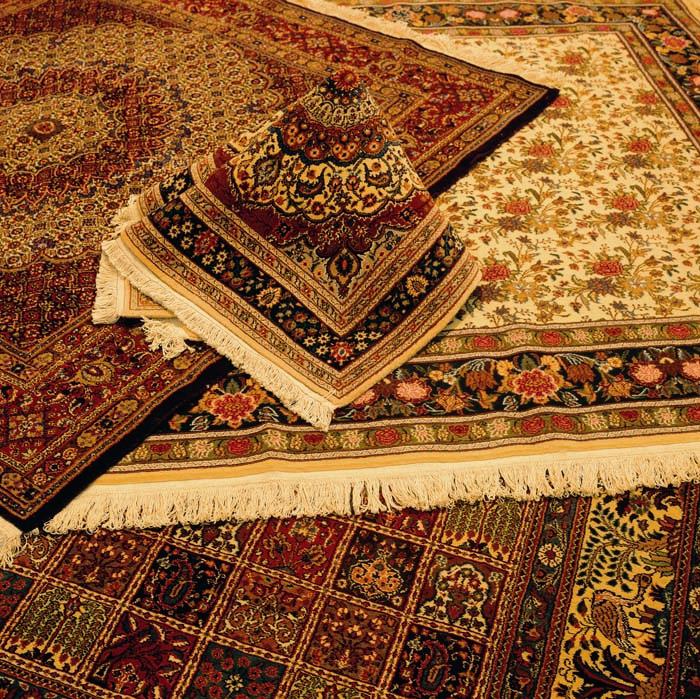Iran's handmade carpet industry seems to be losing its once elevated status. Those watching this key sector and issues related to it are voicing concern that if effective action is not taken carpet-weaving could be a thing of the past.
Decline in the industry started more than two decades ago, Abdollah Bahrami, head of the Iran Handmade Carpet Producers Cooperative told the Persian economic daily Forsat-e-Emrouz.
"In 1993 Iran exported $1.2 billion worth of handmade rugs. This fell to $320 million in 2013, a mammoth decline of 75%," he said. Although industry experts attribute the decline largely to the growing number of the people who are abandoning their work, their lack of interest in the job can have a variety of reasons.
Along with the decrease in exports, the number of people working for the carpet industry has also declined from 2.5 million in 1993 to 1.2 million in 2013, the official was quoted as saying. "Hardly 10 percent of those who have received training in carpet weaving are actually involved in this work," Bahrami said.
Not Paying Well
The most cited reason for poor motivation and inclination toward the carpet industry is the low remuneration.
"Working eight hours a day, a regular carpet waver barely makes between 4-7 million rials ($150-260) a month," he said, adding that the amount normally is higher (about 20 million rials or $750) for weavers of fine rugs and exquisite carpets, which are "mostly weaved by male workers."
Late and delayed periods on return of capital and profit have further contributed to the visible reluctance of carpet merchants and companies to invest in the export of carpets.
"Carpet merchants now prefer a less risky way to make money…They put their money in the banks and receive 22 percent interest," and have no need to worry about all the hassles and inconveniences that normally accompany this business, he stressed.
Cash Subsidies
Cash subsidies also have harmed interest in this once lucrative industry, mainly for low-income weavers in rural areas who every month receive 450,000 rials ($13) per head from the government, an unnamed managing director of a carpet exporting company told the newspaper.
Given the low cost of living in rural areas "this amount is enough for their survival," he claimed on the basis that most rural households are big and have more children compared to their urban peers."Even if a family takes in five million rials ($147) a month, which obviously is not much given the stagflation, it keeps them going."
The cash handouts, a highly controversial and expensive social security reform plan initiated by the former government in 2010, has now turned out to be a major headache for the Rouhani administration. Most if not all economists and social pundits concur that the cash payments must stop because it is unsustainable and has undermined productivity and ethics in the workplace.
Lack of Insurance
Bahrami said that lack of social insurance and pension schemes also is to be blamed for the unattractiveness of the handmade carpet industry in recent years.
"Iran's Social Security Organization does not offer insurance services to carpet makers who have long been working in the industry," he complained. It also cuts insurance services to others for different excuses, he said. "One criterion for remaining under the insurance umbrella is that the weavers produce a certain amount of carpet in a month. However, insurance agents normally do not have a clear and binding procedure or principle to determine the work of the weavers, they calculate the meters weaved and the insurance premium and other related issues as per their own wish and whim."
Changing Lifestyles
It cannot be denied that the emergence of technology has led to great changes in people's lifestyle, affecting their taste and preferences in, among other things, decorating their homes. In this universal trend Iran has been no exception.
Modern families are less inclined toward spending big amounts on handmade carpets which last a lifetime, and prefer machine made carpets that by far are much cheaper and easy to discard and replace at short intervals, the paper noted. Urbanites also prefer to decorate their dwelling places with new combinations of color, light, and sound and whatever else is in vogue. The pattern, for better or worse, is also spreading to the smaller towns and rural regions, bringing in its wake more distressing news for carpet companies and weavers, which for ages were involved in this tried and tested trade that so far has endured despite the high odds.


